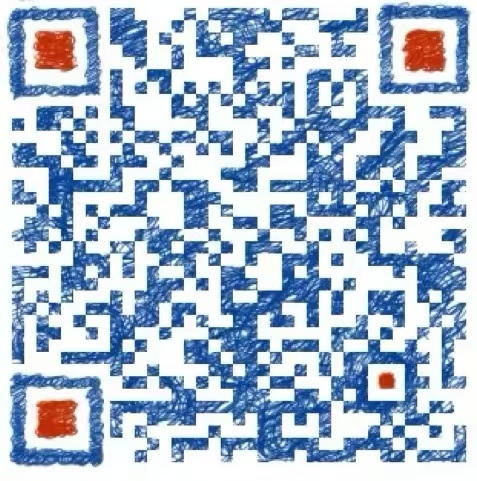
Shenzhen team develops "chameleon" writing paper
Release time:
2024-06-17
"Great ideas begin on paper." However, with the progress of civilization, people are trying to create a "paperless" world to reduce deforestation and environmental pollution. At present, mobile phones and computers bear some of the paper demand, but the demand for recording and copying paper is still astonishing. In addition, ink on discarded paper can also cause pollution. Therefore, inkless materials that can be repeatedly written have become a research direction.
Recently, Du Xuemin, a researcher at Shenzhen Advanced Institute, told Shenzhen Business Daily reporters that his team uses lasers to achieve inkless color writing and copying. After testing, the materials can be reused more than 50 times. "This new writing material is inspired by chameleon skin." It is reported that the related research was published in the well-known journal of materials science, Materials Horizons, and was selected as the back cover.
According to Du Xuemin, their shape memory structured color material is inspired by the principle that chameleon skin can achieve micro and nano scale deformation, thereby achieving color change.
It is reported that the reason why chameleons can change skin color is due to the structural color of their skin. However, the color changing process of a chameleon is quite complex and can change with temperature, humidity, light, environment, and even mood. The inkless writing paper developed by Du Xuemin's team this time draws inspiration from its temperature control and uses laser to change the material temperature, achieving color change.
Du Xuemin explained the memory deformation behavior of shape memory materials by using the process of women perming their hair. "Hair also has shape memory effects, which can be processed into temporary curly shapes through specific heat and force, and can be restored to its original straight state under certain conditions. We have made the material possess nanoscale shape memory ability through a series of chemical preparations and similar treatments," Du Xuemin told reporters.
When it comes to the preparation process, Du Xuemin said that the team combines a commonly used plastic and a new material in daily life, uses periodically arranged nanoparticles as templates, injects this special material and solidifies it, then removes the nanoparticle template, and obtains a color changing film with a periodic nanopore structure, and gives it a specific temporary shape at the nanoscale.
"At present, materials can be made to the size of A4 paper. By laser irradiation, photothermal effects can be triggered to change the lattice spacing of photonic crystals, resulting in different color changes. By changing the illumination time, color can be controlled," Du Xuemin explained. After testing, the material can still maintain excellent performance after repeated erasing for more than 50 times.
"The new material we have developed can achieve repeated erasing and multiple color changes. In addition to inkless writing, it can also achieve inkless copying," Du Xuemin explained. "By laser scanning, information from ordinary paper can be color copied onto the new material."
HOT NEWS

